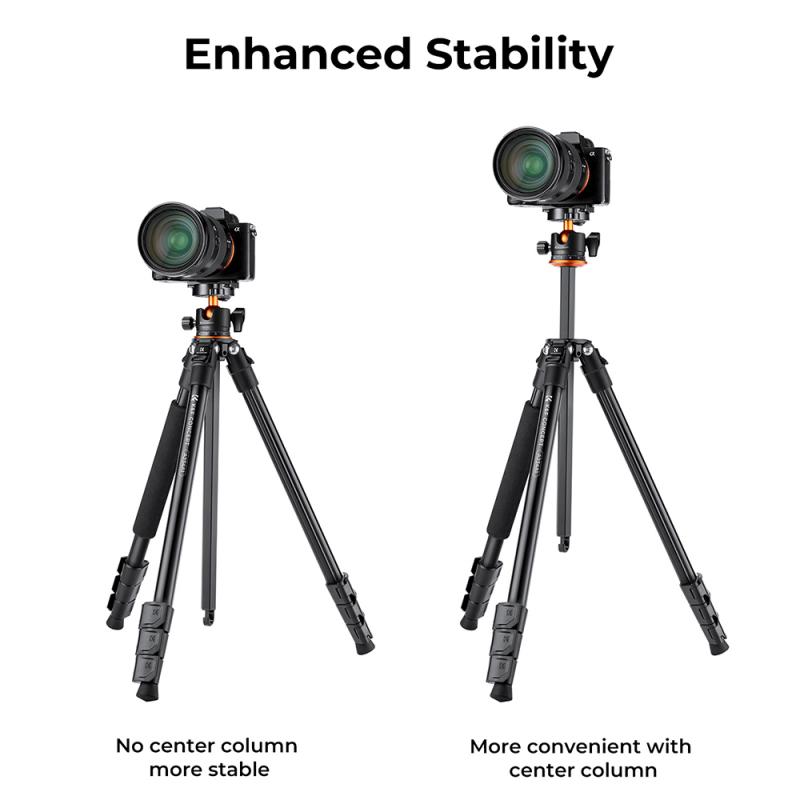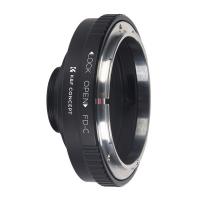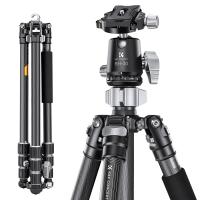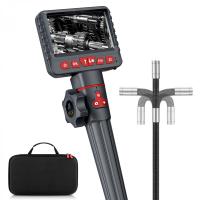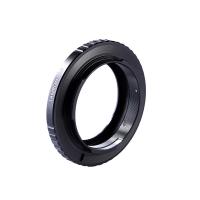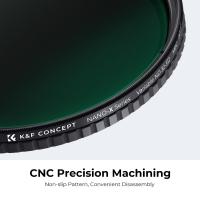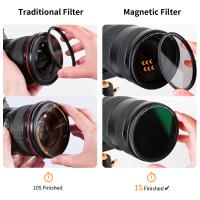Who Discovered Light Microscope ?
The light microscope was not discovered by a single person, but rather developed over time by multiple scientists. The first known microscope was created in the late 16th century by Dutch spectacle makers Hans Jansen and his son Zacharias. However, it was not until the 17th century that the microscope was improved and used for scientific purposes. Robert Hooke, an English scientist, is credited with being the first to use a microscope to observe living organisms and coined the term "cell" to describe the structures he saw. Antonie van Leeuwenhoek, a Dutch scientist, also made significant contributions to the development of the microscope and was the first to observe and describe microorganisms. Other notable scientists who contributed to the development of the light microscope include Galileo Galilei, Johannes Kepler, and Christian Huygens.
1、 Invention of the Light Microscope
The invention of the light microscope is attributed to several individuals who made significant contributions to its development. However, the credit for discovering the light microscope is generally given to Dutch scientist Antonie van Leeuwenhoek. In the late 17th century, Leeuwenhoek designed and built a simple microscope that used a single lens to magnify objects up to 200 times their original size. He used this microscope to observe and describe microorganisms, which he called "animalcules."
However, it is important to note that Leeuwenhoek was not the only scientist working on the development of the light microscope. In the same period, Robert Hooke, an English scientist, also made significant contributions to the field. He used a compound microscope with two lenses to observe and describe the structure of various materials, including cork and plant tissues.
In recent years, there has been a growing recognition of the contributions of other scientists, particularly women and people of color, to the development of the light microscope. For example, in the 19th century, African American inventor Benjamin Banneker designed and built a wooden clock that included a simple microscope. Similarly, in the early 20th century, German physicist Ernst Abbe developed the theory of image formation in microscopes, which laid the foundation for modern microscopy.
Overall, while Antonie van Leeuwenhoek is generally credited with discovering the light microscope, it is important to recognize the contributions of other scientists to its development and to continue to explore the diverse history of scientific discovery.

2、 Early Development of the Light Microscope
The light microscope, also known as the optical microscope, was developed in the late 16th century. The exact inventor of the light microscope is not known, but it is generally attributed to Dutch spectacle makers Hans Lippershey and Zacharias Janssen, who are believed to have created the first compound microscope in the late 1590s. However, it is also possible that the credit should go to Dutch scientist Cornelis Drebbel, who is said to have created a working microscope in the early 1600s.
Regardless of who invented the light microscope, it quickly became an important tool for scientists and researchers. In the 17th century, scientists such as Robert Hooke and Antonie van Leeuwenhoek used the microscope to make groundbreaking discoveries about the natural world. Hooke used a microscope to examine cork and discovered the existence of cells, while van Leeuwenhoek used a microscope to observe microorganisms and other tiny creatures.
Since its invention, the light microscope has undergone many improvements and advancements. In the 19th century, the development of achromatic lenses allowed for clearer and more detailed images. In the 20th century, the invention of electron microscopy allowed for even greater magnification and resolution.
Today, the light microscope remains an important tool in many fields, including biology, medicine, and materials science. While the exact inventor of the light microscope may never be known, its impact on science and technology is undeniable.
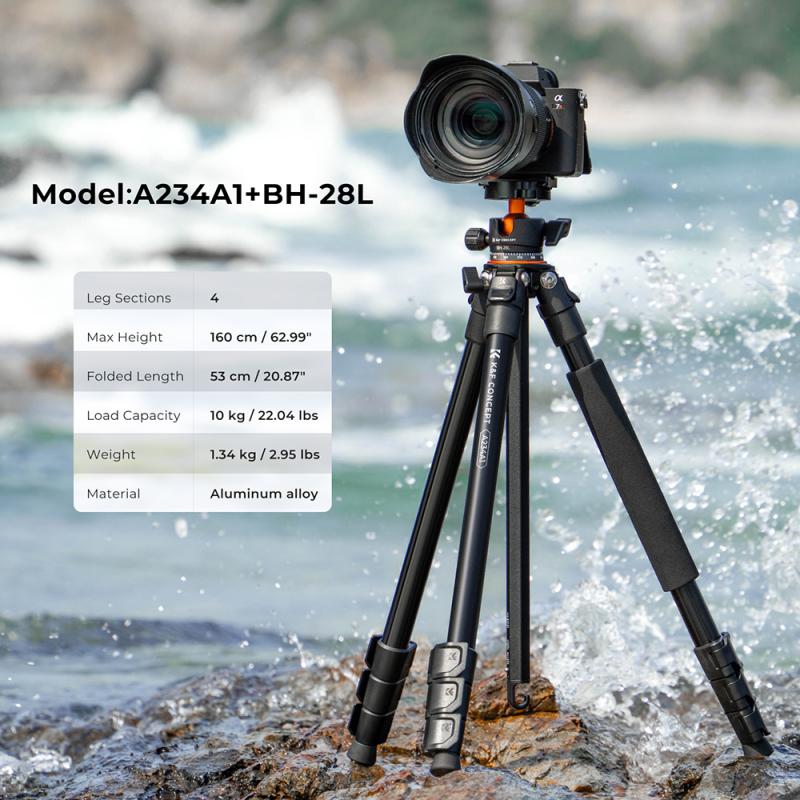
3、 Improvements in Light Microscope Design
Who discovered light microscope?
The credit for the discovery of the light microscope goes to Dutch scientist Antonie van Leeuwenhoek in the 17th century. He was the first person to observe and describe microorganisms, which he called "animalcules," using a simple microscope he designed himself.
Improvements in Light Microscope Design:
Over the years, there have been significant improvements in the design of light microscopes, which have greatly enhanced their capabilities and made them more versatile and powerful tools for scientific research. Some of the key improvements include:
1. Better optics: Advances in lens technology have led to the development of high-quality lenses that can produce sharper and clearer images.
2. Improved illumination: The use of brighter and more focused light sources has made it possible to observe smaller and more detailed structures.
3. Digital imaging: The integration of digital cameras and computer software has made it easier to capture and analyze microscope images.
4. Fluorescence microscopy: The use of fluorescent dyes and proteins has enabled scientists to visualize specific molecules and structures within cells.
5. Confocal microscopy: This technique uses a laser to scan a sample and create a 3D image, allowing for more detailed analysis of complex structures.
Latest Point of View:
The latest point of view on light microscopy is that it continues to be an essential tool for scientific research, particularly in the fields of biology and medicine. While newer technologies such as electron microscopy and super-resolution microscopy have their advantages, light microscopy remains the most accessible and widely used method for observing biological samples. With ongoing improvements in design and technology, light microscopes are likely to continue to play a critical role in advancing our understanding of the natural world.
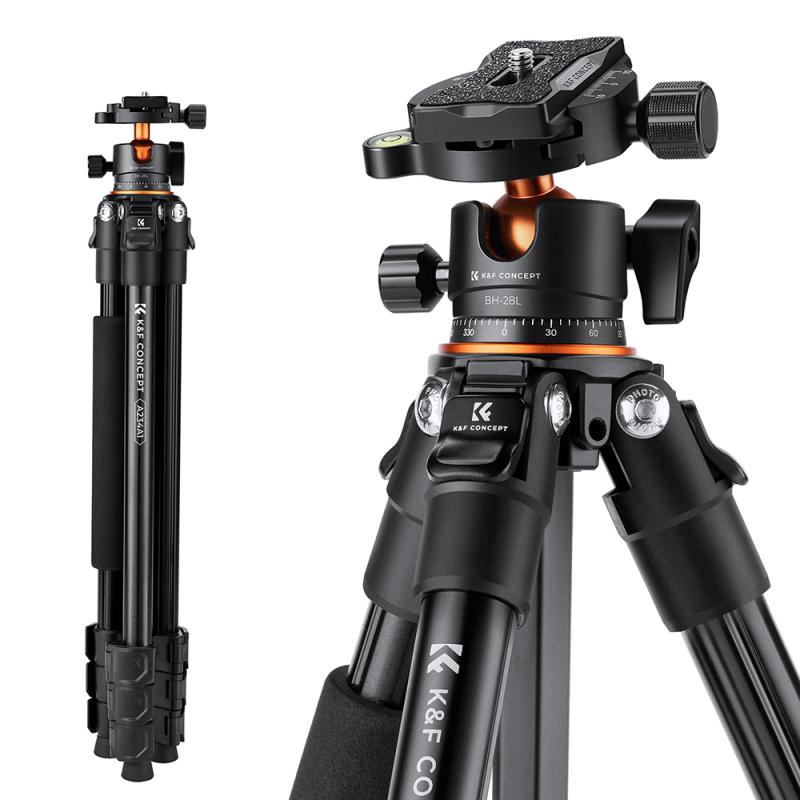
4、 Applications of the Light Microscope in Science
Who discovered light microscope?
The light microscope was first discovered by Dutch scientist Antonie van Leeuwenhoek in the 17th century. He used a simple microscope with a single lens to observe and study microorganisms, which he called "animalcules". Later, in the 19th century, German physicist Ernst Abbe developed the concept of numerical aperture, which allowed for the creation of more advanced microscopes with higher magnification and resolution.
Applications of the Light Microscope in Science:
The light microscope has been a crucial tool in scientific research for centuries. It has been used to study a wide range of biological specimens, from cells and tissues to microorganisms and even whole organisms. Some of the key applications of the light microscope in science include:
1. Cell Biology: The light microscope has been instrumental in the study of cell biology, allowing scientists to observe and study the structure and function of cells in detail.
2. Microbiology: The light microscope has been used extensively in microbiology to study microorganisms such as bacteria, viruses, and fungi.
3. Histology: The light microscope has been used in histology to study the structure and function of tissues and organs.
4. Genetics: The light microscope has been used in genetics to study chromosomes and DNA.
5. Neuroscience: The light microscope has been used in neuroscience to study the structure and function of neurons and other cells in the nervous system.
6. Material Science: The light microscope has been used in material science to study the structure and properties of materials at the microscopic level.
In recent years, advances in technology have led to the development of more advanced microscopes, such as confocal microscopes and super-resolution microscopes, which have further expanded the capabilities of the light microscope. These new technologies have allowed scientists to study biological specimens with even higher resolution and detail, opening up new avenues of research and discovery.
